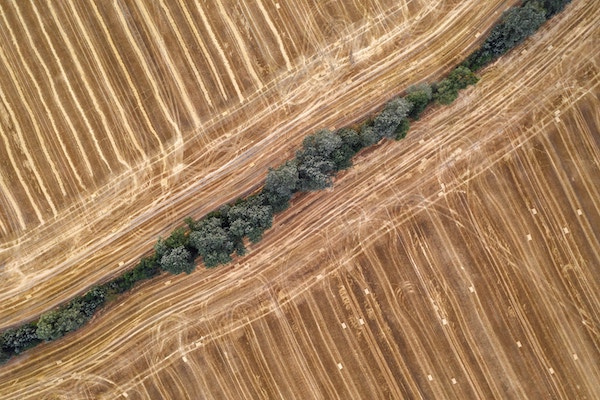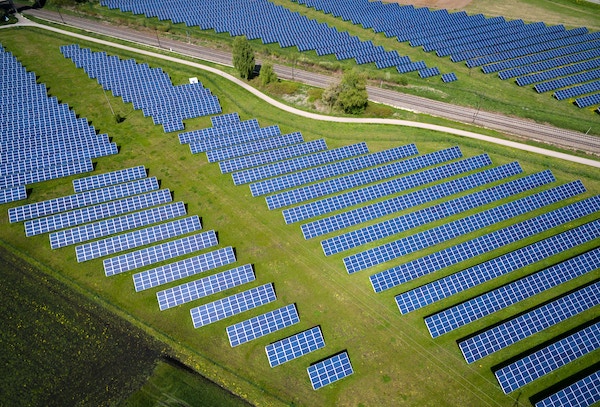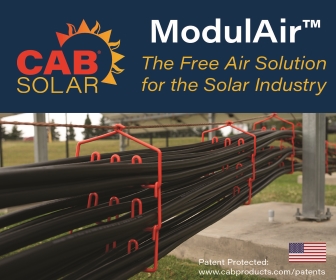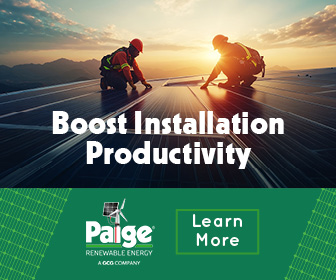Permitting’s Effect on Achieving Notice to Proceed
Solar development faces significant challenges. Despite the incredible pace of successful projects, as it turns out, most projects fail to reach Notice to Proceed (NTP)—even if they have site control and an interconnection queue position. Due to its complexity, local permitting is often a critical factor in project failure, especially given how widely it varies across different counties, townships, and villages. Just in New York State, for example, there are thousands of jurisdictions, each with its own local permitting code.
Jurisdictions can influence the success of solar projects in three principal ways:
- Code composition
- Permitting timeline
- Community considerations
The potential complications don’t end there.

Code composition
Different jurisdictions adopt different zoning code styles. Some codes offer minimal information, which can work to the advantage of solar developers by opening up a dialogue to develop the first solar-specific zoning code.
Conversely, some codes are exceedingly detailed, attempting to cover every possible scenario. These situations can be challenging for solar developers, as they are left with a limited number of potential sites due to the restrictive nature of the code.
Ideally, jurisdictions should adopt a balanced approach, having some criteria but allowing for flexibility to facilitate specific project acceptances.
Permitting timeline
The time it takes to obtain a permit can make or break many projects. Depending on the jurisdiction, permit approval can range from a few weeks to months, or even years. The timeline largely depends on the complexity of the local process. Jurisdictions with clear regulations and dedicated resources tend to approve permits faster.
The jurisdiction's resources also matter. Smaller towns often rely on volunteer staff for permitting and zoning, which may limit their ability to process applications. For such cases, open and frequent communication between the solar developer and the permitting office is essential.
Community considerations
Every community is unique. How the “host” community views any development will significantly influence a project’s planning and development, including large-scale solar projects. Locals care deeply about a project's impact on local amenities, infrastructure, and aesthetics. Concerns may include glare or visual impact from large solar arrays, increased construction traffic, and potential effects on local wildlife and habitats. Property value impact is also a common concern.
Community objections often stem from misconceptions about solar energy or perceived negative impacts. To address these, developers need to communicate clearly and factually, demonstrating the benefits of solar energy, debunking myths, and showing their commitment to work with the community.

Real world example
Let's analyze the zoning code of Berne, a typical northeastern town in Albany County, New York. With an explicit solar zoning code, the town gives solar developers a clear understanding of what is possible. Using Berne’s zoning code, we'll examine three parts: allowable zones, setbacks, and lot coverage requirements.
- Solar Allowable Zones
- Solar Setbacks
- Solar Lot Coverage Requirements
The first order of business is to check how many parcels are in Berne. Running analysis on a tax assessor and other records generates a list of 1,196 parcels in Berne, with an average parcel size of 21 acres.
According to the town code, large solar projects are “permitted only in the following zoning districts: RAF, MDR, I.” In our example, there are 910 parcels in these zones, for 83 percent coverage, which is a great start! Let's now check some of the other restrictions.
On the lot coverage requirements, the town code states that they “shall not exceed 30 acres' maximum lot coverage of the zoning districts permitted.” If we analyze the parcels in Berne, this leaves 302 parcels, or 25 percent remaining.
On the setback requirements, the town code states that “tier 3 solar energy systems shall comply with the setback requirements in the underlying zoning district or no less than 200 feet on all sides from any adjoining parcel not included in the solar energy system, whichever is greater (and) shall be set back no less than 100 feet from wetlands, streams, ponds, lakes and water wells.” Adding this to our analysis brings us down to 145 parcels, or 12 percent of the area.
Finally, we need to account for the parcels that are actually usable for ground mount solar development. Solar developers typically need 20 continuous, buildable acres within a quarter mile of a feeder line. Adding in these variables to completing this analysis leaves us with 28 suitable parcels for ground mount solar development in Berne, or 2.4 percent of total parcels.
Conclusion
The most favorable jurisdictions for solar development offer streamlined permitting processes, fast approval times, lenient rules, high transparency, substantial support, and strong policy incentives. On the other hand, jurisdictions with slow and convoluted permitting procedures, restrictive rules, lack of clarity, limited support, and few policy incentives are less conducive to solar development.
The solar industry urges communities to reassess their codes to further streamline them for solar development. If you’re a solar developer, remember to engage early and communicate often with communities to increase your project's chances of success.
James McWalter is CEO and founder of Paces. Using hundreds of data points and advanced modeling, Paces helps developers find and evaluate the sites most suitable for renewable development.
Paces | www.paces.com
Author: James McWalter
Volume: 2023 November/December









.png?r=9056)


.png?r=5382)
